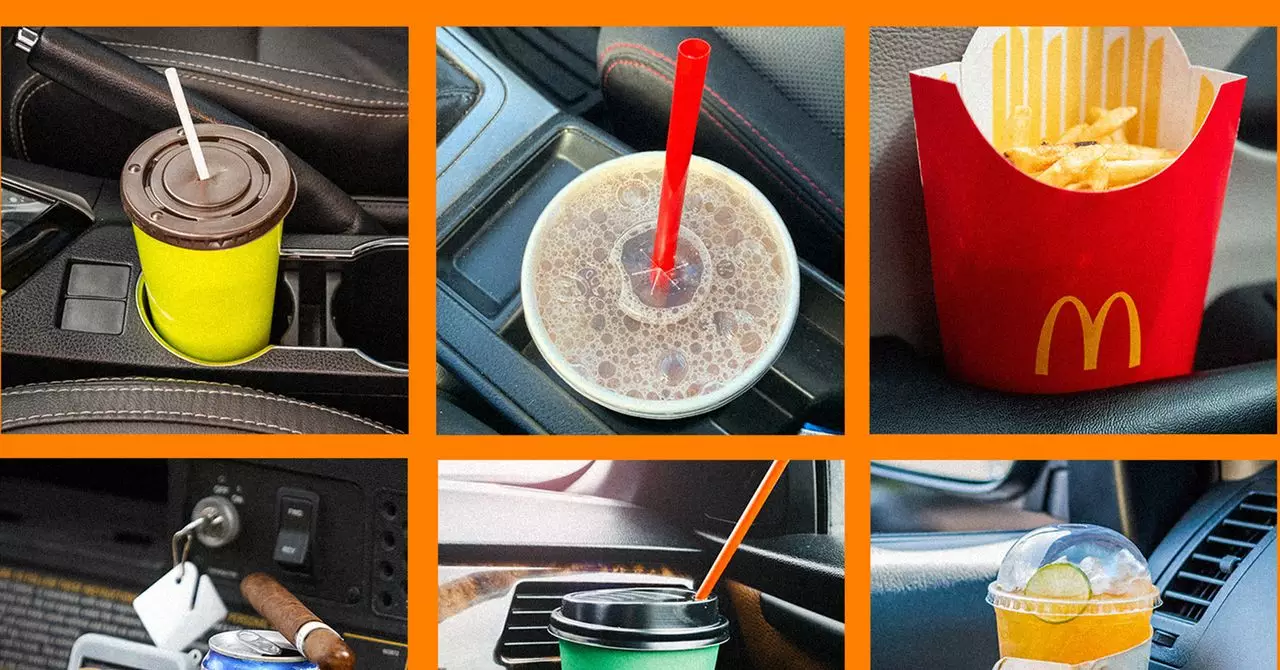In the ever-evolving landscape of automotive innovation, a fascinating revelation emerges: despite the industry’s obsession with cutting-edge technology, many drivers remain deeply rooted in the simple pleasures of practicality and comfort. Recent studies and consumer feedback highlight a curious paradox—while modern vehicles brim with high-tech features like advanced driver-assistance systems, ambient lighting, and luxurious seating options, a surprisingly persistent source of dissatisfaction centers around something as humble yet vital as the cup holder. This insight underscores a fundamental truth: no matter how intelligent or sleek a car becomes, it must serve the genuine needs of its users to truly succeed.
The persistent griping about cup holders signals a deeper issue in automotive design. Manufacturers today are fixated on digital interfaces, voice commands, and elaborate safety features, often at the expense of everyday conveniences. But consumers, especially in markets like the United States, reveal through their complaints that their priorities remain rooted in practicality. A spacious, well-designed cup storage space is not merely a trivial detail; it is a critical piece of the daily driving experience. The regret over inadequately sized cup holders, barely able to accommodate large drinks like Yeti Gallon Ramblers or Stanley cups, eloquently captures a broader disconnect between what automakers are offering and what drivers actually desire.
This discrepancy points to a crucial lesson: user-centric design cannot be sacrificed for technological flash. Automakers can install the most sophisticated infotainment system or the latest autonomous features, but if the environment where the driver spends most of their time feels cramped, inconvenient, or poorly thought out, those innovations will be overshadowed by frustration. It’s curious that even as cars become increasingly software-defined and smart, they risk neglecting fundamental physical aspects that impact everyday life. The “touchpoints”—that is, the tangible interactions such as opening a door or grabbing a beverage—remain paramount. Nothing ruins a driving experience faster than a flimsy or insufficient cup holder in the midst of a long road trip or daily commute.
The data and expert opinions point to a resounding consensus: drivers prioritize ease of access, size, and reliability over advanced digital features. Nissan’s experience with cup holder improvements demonstrates that even a seemingly minor aspect of vehicle design can dramatically influence customer satisfaction and brand loyalty. The message is clear—design elements that focus on user comfort and convenience not only boost satisfaction but also serve as critical differentiators in a competitive market. After all, consumers are more likely to become repeat buyers if their daily needs are acknowledged and addressed, even those as simple as holding a large coffee or water bottle without spillage or frustration.
Contrary to the industry narrative that emphasis on technological sophistication alone guarantees success, the true secret lies in seamless usability. It’s not enough for a vehicle to be a marvel of engineering and digital integration if the driver’s physical interaction with the car is hampered. In many ways, automotive design should emulate the principles of good product design: prioritize intuitive interfaces, ergonomic comfort, and practical storage solutions. When these core elements are overlooked, all the digital wonderland in the world won’t compensate for the loss of everyday usability.
What this means moving forward is twofold. First, car manufacturers need to listen more attentively to their customers’ unglamorous but vital feedback. Small innovations—such as larger, more adaptable cup holders—can have outsized impacts on customer loyalty and satisfaction. Second, the industry must reassess its obsession with technology as the sole driver of innovation. The future of successful vehicle design hinges on balancing the allure of new tech with the timeless value of thoughtful, user-focused physical features. In doing so, automakers can create cars that not only impress on paper or in the showroom but also deliver genuine comfort and practicality to drivers in everyday life.

